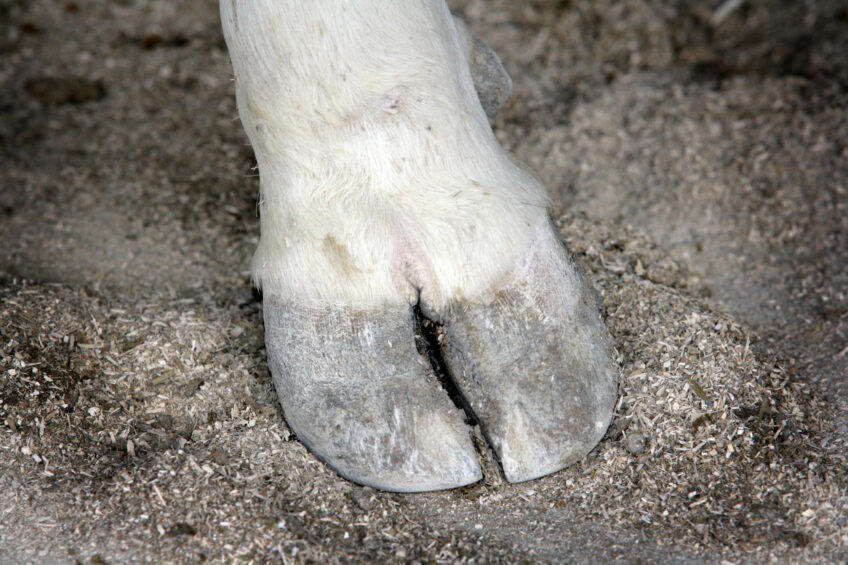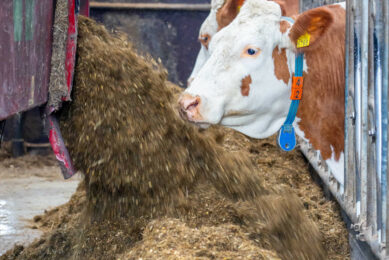Foot-and-mouth disease vaccine bank being established in Canada

A Foot-and-mouth disease (FMD) vaccine bank will be created in Canada. According to the federal government, the aim is to help protect Canada from the emerging threat of this disease, maintain public confidence in the Canadian food supply, and help reduce the spread of the disease, should an outbreak occur.
Canada has been free of the disease since 1952, but there are serious concerns that an outbreak could occur due to the increase of meat entering the country illegally in recent years. The FMD virus can survive on raw or partially-cooked meat for months. The economic impact of a Canadian outbreak is estimated to between CAN$20.9 billion and CAN$65.2 billion (€13.9-43.4 billion), depending on the mode of introduction and extent of spread.
Existing bank
There is a North American FMD vaccine bank, but it is no longer located in North America. It was established by Canada, the US and Mexico in 1982 and was located in the US, but Mexico withdrew from the programme in 2020. The bank now exists at the vaccine manufacturer’s sites in Europe (France) and South America (Argentina).
There are concerns about the reliability of rapid shipping from these locations in case of emergency. In addition, officials have noted that under the existing arrangement, Canada would only potentially receive 312,500 doses from the North American FMD vaccine bank, but as many as 2.7 million doses would be needed to control a large outbreak.
The Canadian government has therefore called for bids to provide concentrated FMD vaccines that would be stored in Canada and could be rapidly transformed into usable vaccines for distribution.
Global look
There are 7 serotypes of the FMD virus, which are unevenly distributed around the world. Current outbreaks of this serious disease have primarily occurred in Asia, Africa and parts of Europe adjacent to Asia, says a group of scientists in China in a recent paper.
They note that the visible annual impact of FMD in terms of production losses and vaccination in endemic areas globally amounts to US$6.5 to US$21 billion. They add that the current challenges in controlling FMD are enormous, including the ability of the virus to infect many
domesticated and wild species due to its extreme infectivity.
Plans in development
In addition to a vaccine bank, a relatively new Canadian government organisation called Animal Health Canada has established the ‘FMD Project’, which includes the development of a Vaccination Implementation Support Structure and an Integrated Emergency Response Plan. These have been worked on for 1.5 years by a group of industry stakeholders, Canadian Food Inspection Agency and Agriculture and Agri-Food Canada.
The dairy sector as well as other sectors that could potentially be affected, such as the beef and sheep sectors, have been developing specific standard operating procedures in relation to biosecurity, vaccination, depopulation and disposal and more, should an outbreak be detected.
Join 13,000+ subscribers
Subscribe to our newsletter to stay updated about all the need-to-know content in the dairy sector, two times a week.










